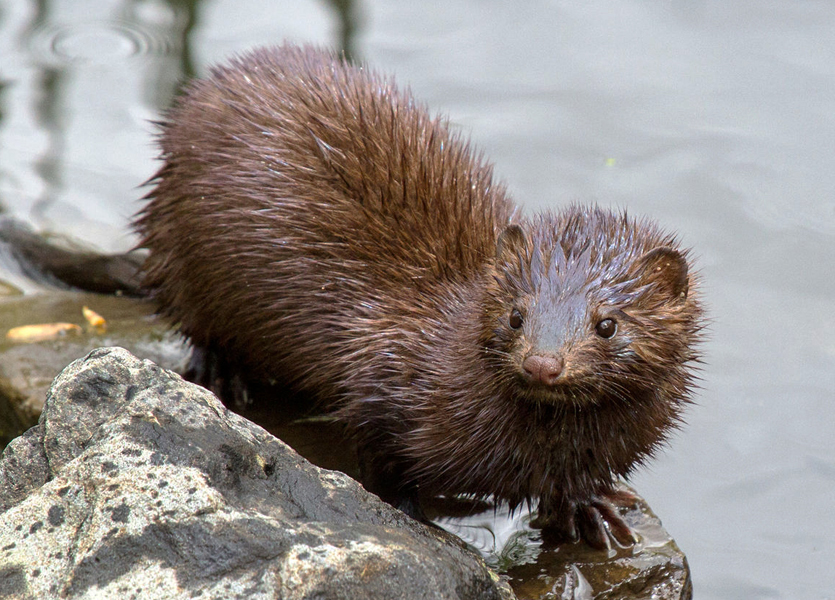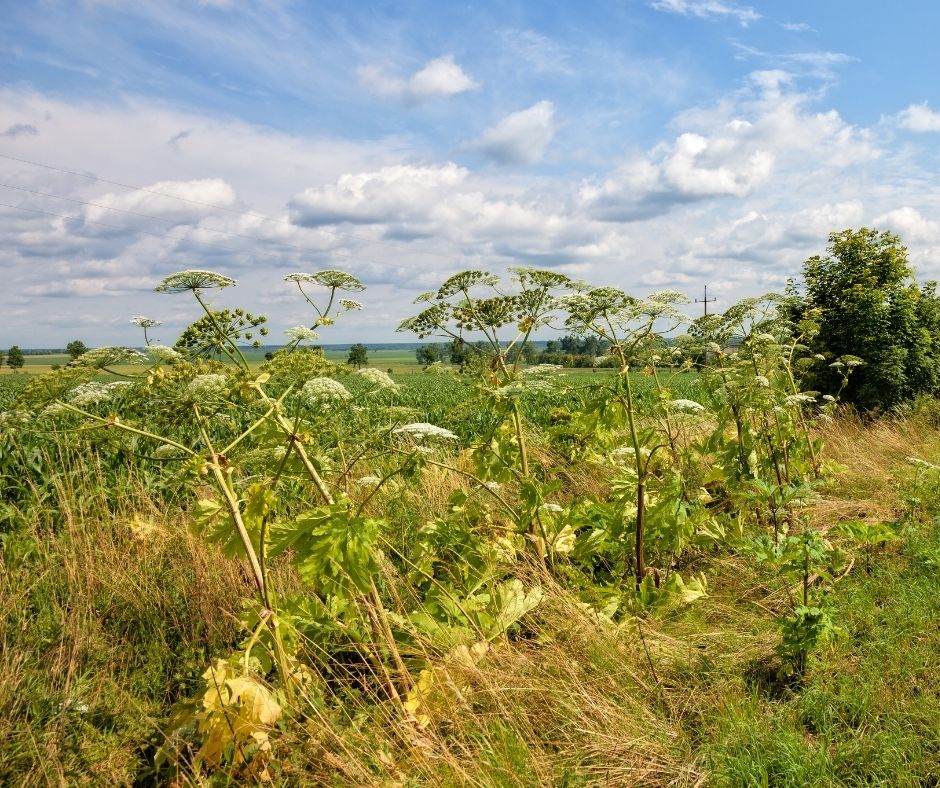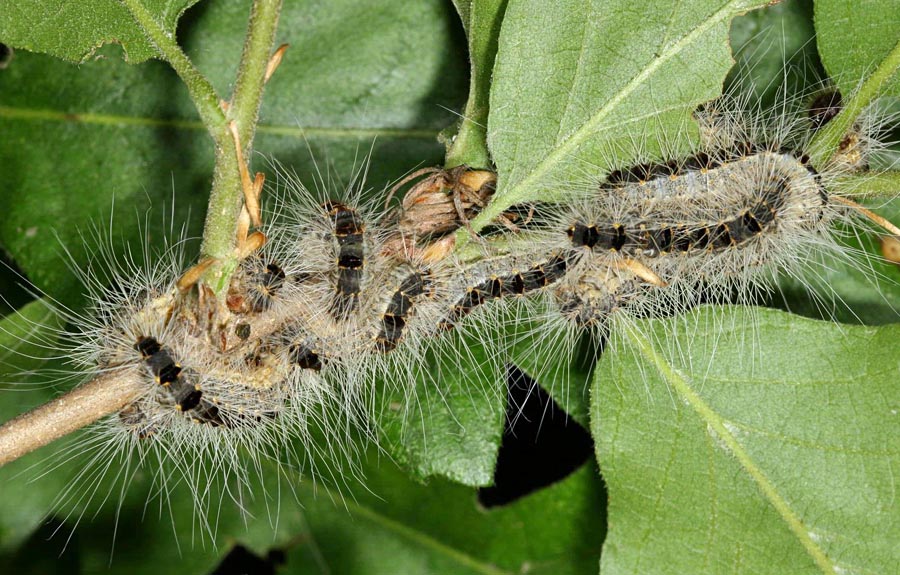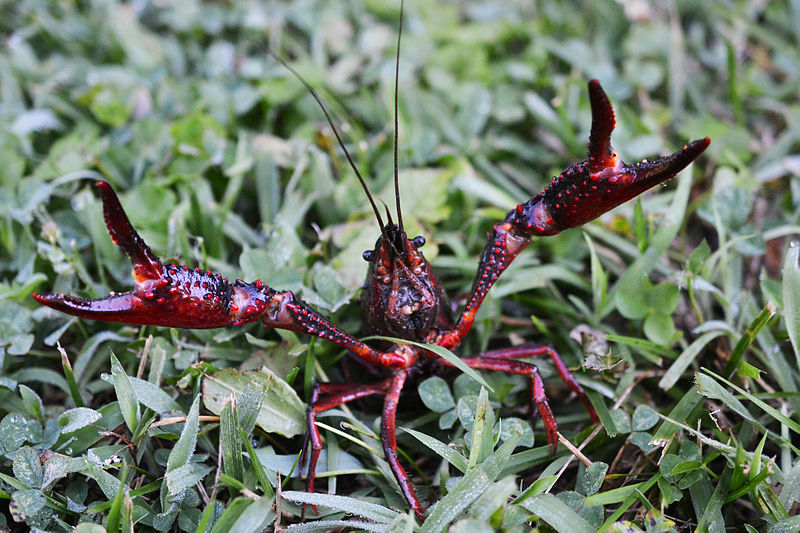Invasive species are one of the main causes of biodiversity loss globally. They significantly alter ecosystems and even drive native plants and animals to extinction.
Over 2,000 non-native plants and animals have been introduced to the UK, and around 10-15% have become invasive. They cost the economy over £1.7 billion every year.
For this year’s UK Invasive Species Week, we highlight just some of the invasive plants and animals that are having a negative impact across the UK from back gardens to canals.
American mink Neovison vison

The American mink is a semi-aquatic carnivore. They are solitary and live alongside rivers and lakes. Mink have been introduced outside their native range as part of breeding farms for the fur trade. They have often escaped from fur farms or been released by animal rights groups and become naturalised in many locations, including Scotland. They are skilled predators and in their invasive range have had a huge impact on prey populations. The native water vole in particular is under serious threat from predation by the American mink.
Butterfly bush Buddleja davidii

Seen in most gardens, Buddleja is native to China and has been introduced worldwide as an ornamental plant because of its pretty flowers that attract butterflies.
However, it can also be spotted sprouting out of buildings and along railways. The plant is tolerant of a wide range of environmental and climatic conditions, grows rapidly, and is capable of prolific seed production. Buddleja is considered problematic with garden plants serving as satellites that stimulate the growth of more invasive shrubs in disturbed and wild habitats.
Giant Hogweed Heracleum mantegazzianum

Giant Hogweed is a pernicious invasive species, with a significant impact on human health. Its sap contains toxic chemicals, known as photosensitizing furanocoumarins, which can cause a nasty skin reaction in humans.
Native to the Caucasus, it has spread across Europe. As well as causing health problems, the weed is also damaging to the environment. Giant hogweed is large – reaching up to 3.5m in height and grows vigorously. This can lead to gross changes in vegetation, obstruction of access to river banks and soil erosion in invaded areas.
Oak Processionary Moth Thaumetopoea processionea

The oak processionary moth poses a major threat to the health of oak trees, and it can also affect human and animal health. It gets its name from the larvae which form long processions across oak trees.
These larvae cause severe defoliation, leaving the trees much more vulnerable to other threats such as plant disease. Their hairs can also cause skin and respiratory reactions.
The moth is native to Southern Europe and was first identified in the UK in London in 2006. It has since spread to surrounding counties in the south of England. The male moths can fly long distances, even from France to the UK.
Red swamp crayfish Procambarus clarkii

Crayfish are notorious for their invasiveness. Since they are most valuable as a live product, primarily for the seafood trade but also aquaculture, they have been widely introduced by escaping their enclosures. Crayfish are highly tolerant of various climatic conditions. The red swamp crayfish currently thrives in tropical regions as well as cold temperate regions like the UK and Europe.
Red swamp crayfish are omnivorous and significantly reduce resources for native species. Moreover, it is a vector of crayfish plague (a disease it is highly resistant to), transmitting it to native European crayfish.
Find out more
You can find out more about these and many more invasive species on CABI’s open access Invasive Species Compendium (ISC.)
Use the ISC’s advanced datasheet search function for faceted searches such as distribution in the UK.
Related News & Blogs
Biological control in action: Zambia’s field days on fighting fall armyworm
Experts from CABI recently held two field days and an expo in Zambia, showcasing innovative approaches to pest management to 584 farmers, agro-dealers and other stakeholders to help raise awareness of approaches to tackle the invasive fall armyworm (Sp…
11 June 2025




